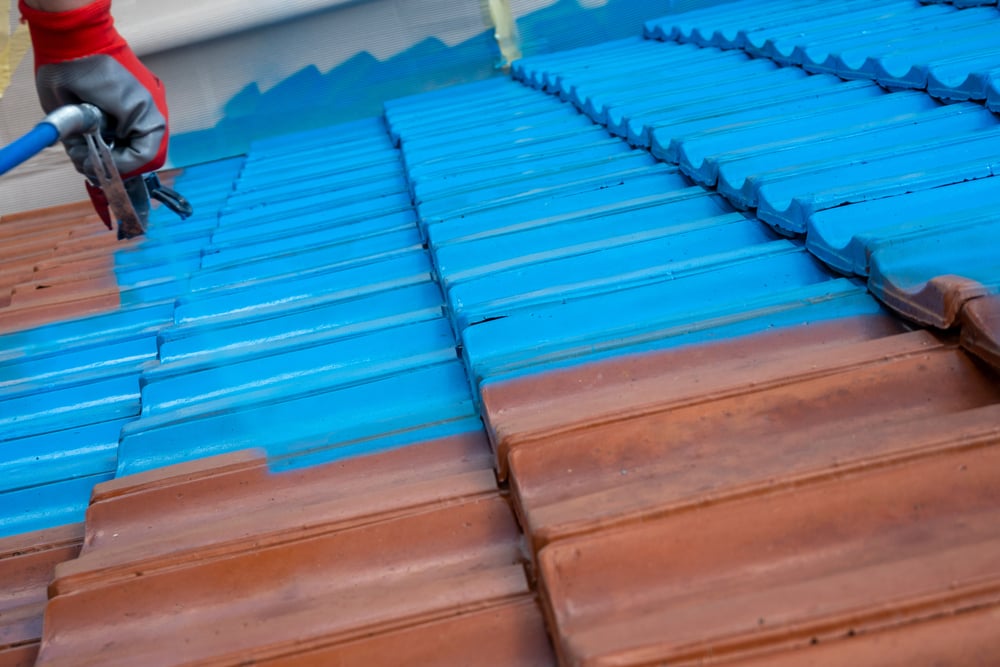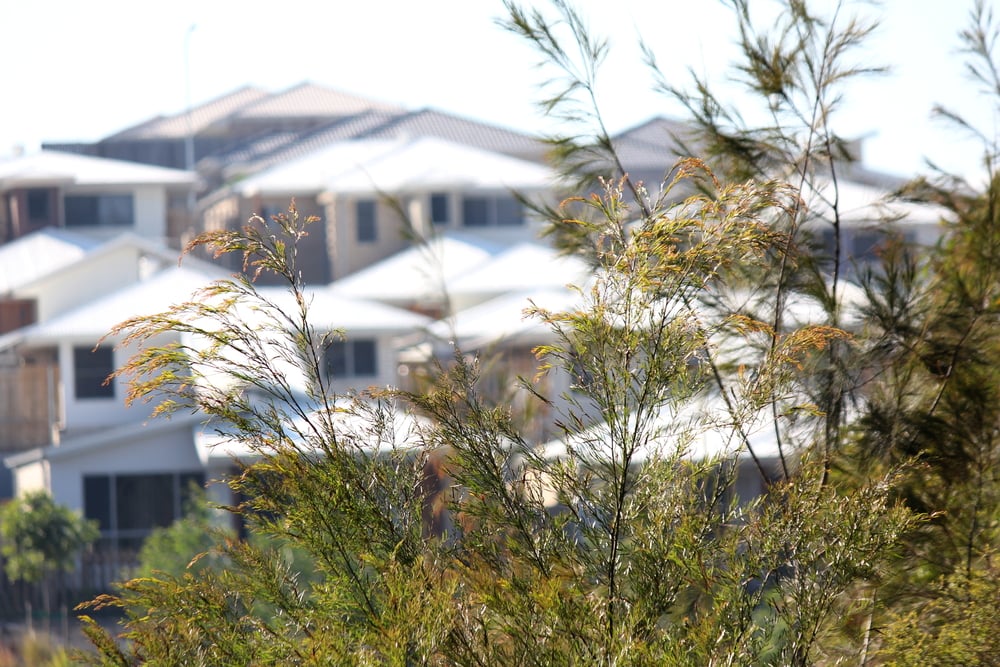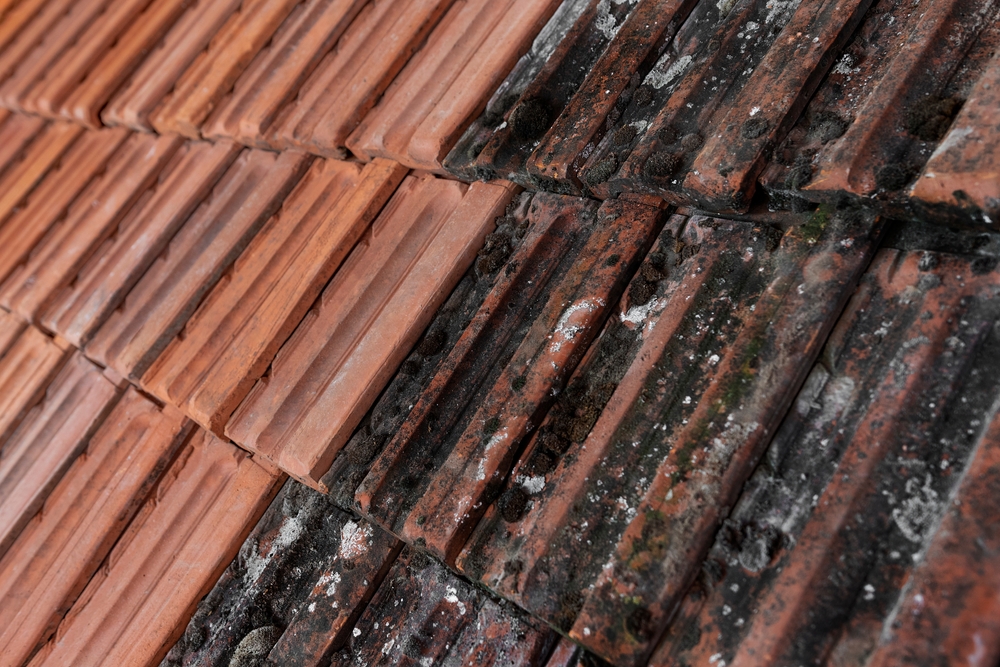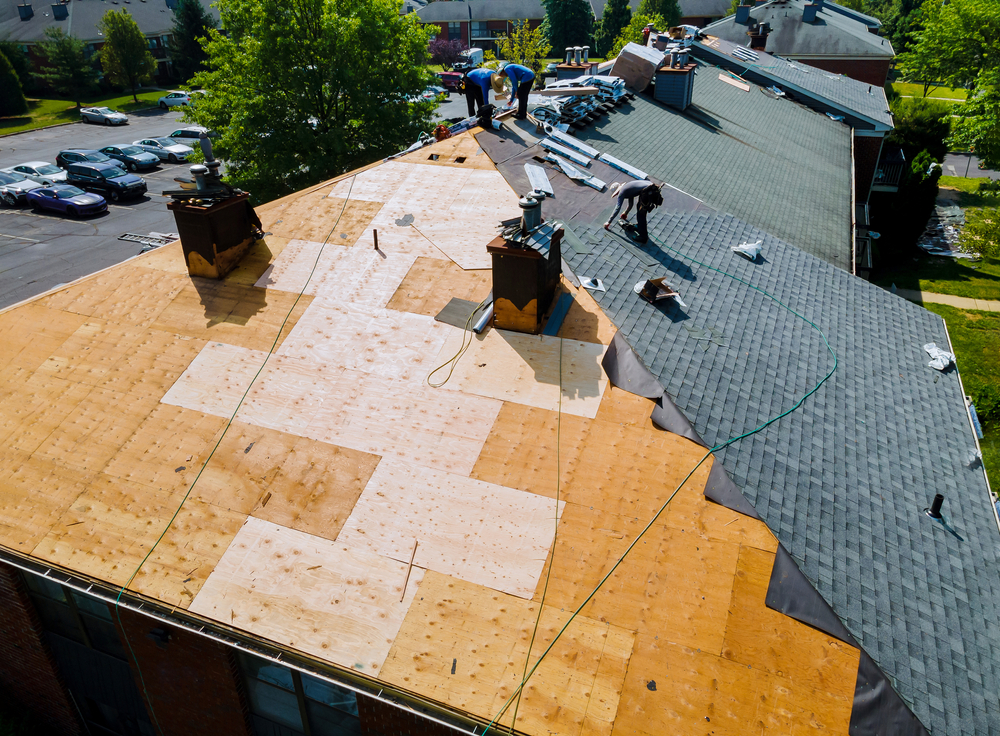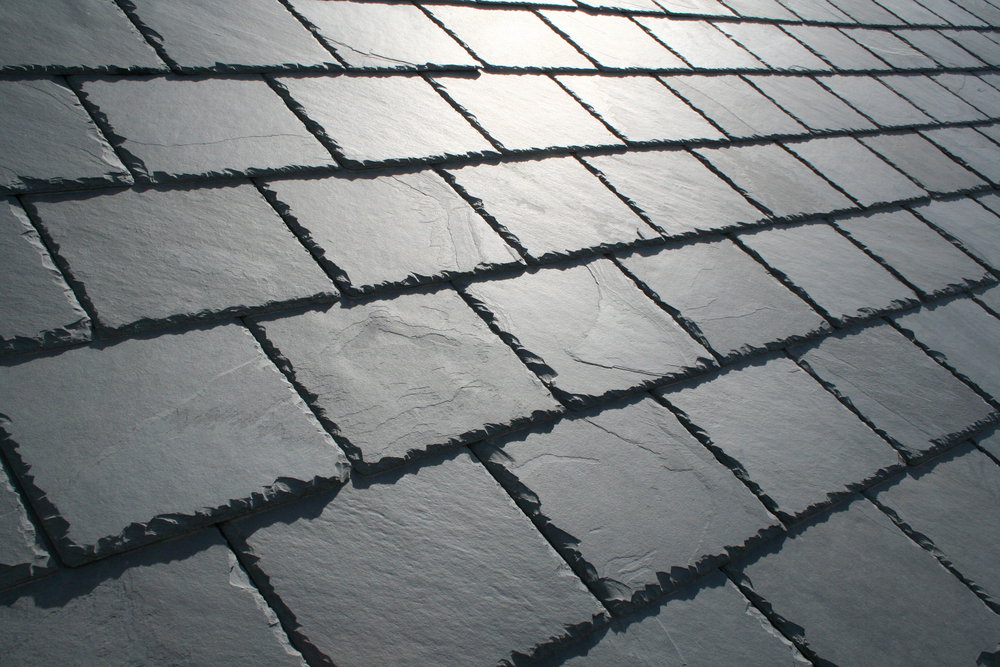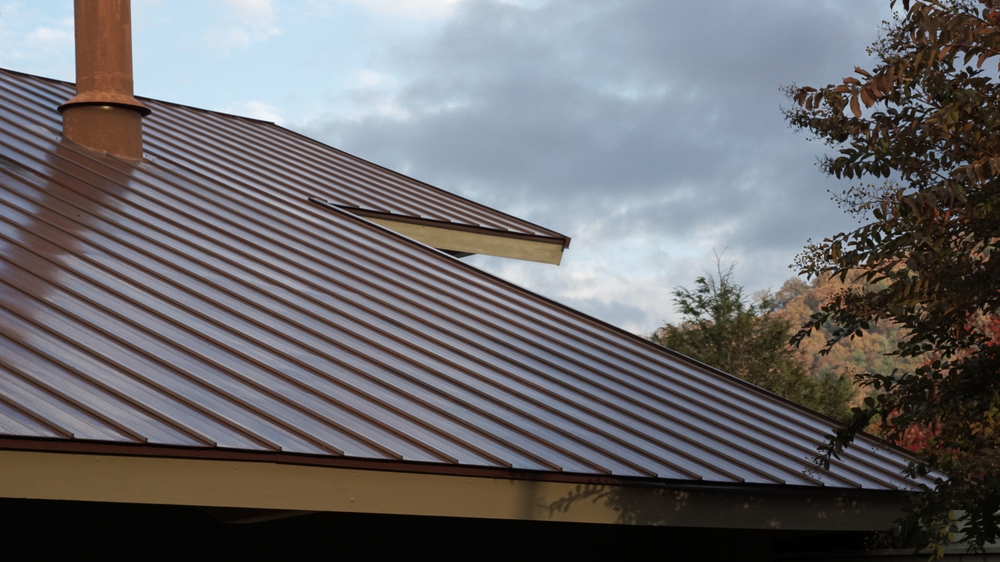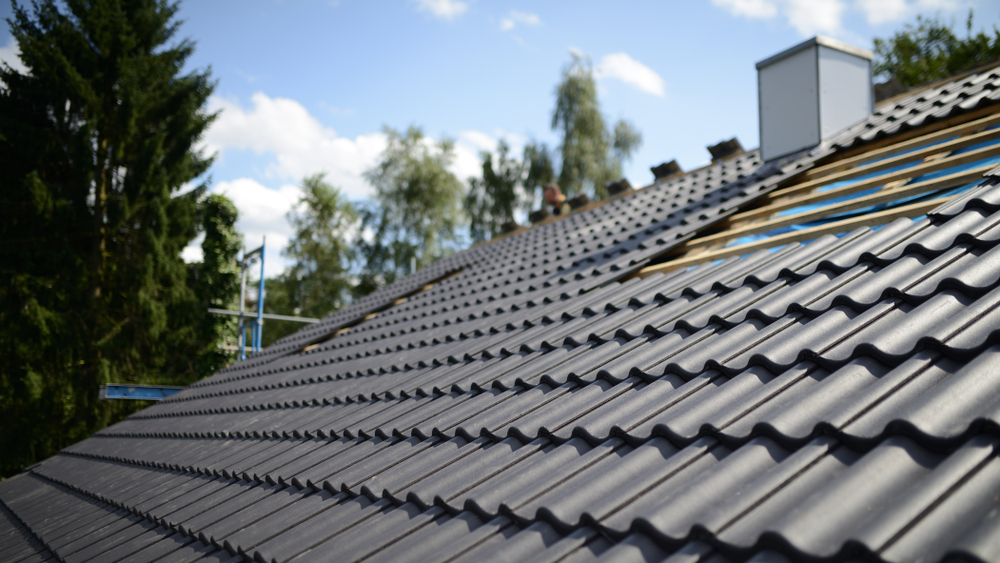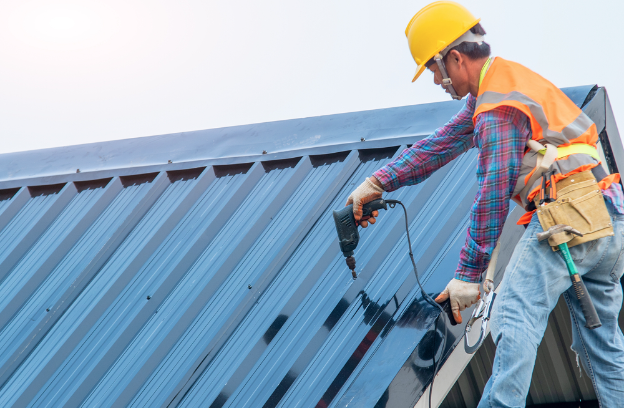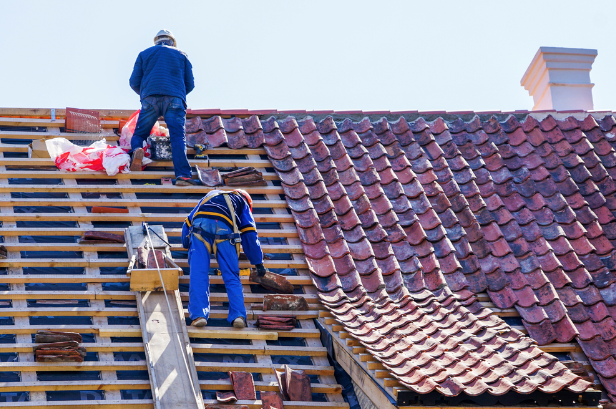
Dec
Asbestos 101
Asbestos - we know it’s bad and if it’s in your home or workplace you should get rid of it but by who? What is it really? When should you get rid of it? Why? Where does it go? There are a hundred Who, What, When, Where and Why Questions, and in this post we want to get down to the bottom of asbestos for you.
What?
Asbestos is the name given to a group of naturally occurring mineral fibres which were used extensively in many products due to the versatility, strength, fire resistance and insulating properties of the fibres.
The versatility of asbestos made it attractive to many industries and is thought to have more than 3,000 applications worldwide. Australia was one of the highest users per capita in the world up until the mid-1980s. Approximately one third of all homes built in Australia contain asbestos products.
Due to its extensive use between 1950 and 1985, people still come into contact with Asbestos containing products on a daily basis, be it in their places of work, homes, schools, shops, hospitals, restaurants etc.
Asbestos is used in (but not limited to) according to Wikipedia:
- Roofing and siding materials - where asbestos roof restoration or asbestos roof replacement should be considered.
- Some roofing and siding shingles are made of asbestos cement
- Insulation of a home built between 1930-1950
- Attic and wall insulation as vermiculite ore
- Textured paint and wall patching
- Artificial ashes and embers used in gas fireplaces
- Old stove-top pads
- Walls and floors around wood burning stoves can have asbestos fiber, millwork or concrete pads
- Vinyl floor tiles and the backing on vinyl sheet flooring
- Vinyl floor adhesives
- Asbestos blanket or tape on hot water and steam pipes in older homes
- Oil and coal furnaces door gasket insulation
Why?
Why should you get rid of it?
Asbestos can cause Lung Disease. The 3 types of lung disease caused by asbestos include:
- Asbestosis: Asbestosis where there is significant scarring of the lungs. Asbestosis causes widespread interstitial fibrosis (scar tissue between the alveoli, spread over the lung).
- Disease of the lining of the lung: also called “the pleura” the result of hardening or inflammation and thickening of the lining tissue of the lung.
- Mesothelioma: Mesothelioma is a cancer which may be malignant or benign. Malignant Mesothelioma is highly dangerous and will commonly result in the sufferer’s death. Mesothelioma affects the mesothelium, which protects the heart, stomach, lungs and other organs by producing a fluid that allows the organs to move. Asbestos is not the only cause of this disease, but it is the most important cause in modern times.
- The delay between asbestos exposure and the development of cancer may exceed more than 20 years.
- Currently there are no cures for these diseases.
- The likelihood of any particular person developing an asbestos-related illness depends on a number of factors, including:
- duration and frequency of time a person is exposed to airborne asbestos fibres
- concentration or levels of asbestos in the air breathed
- individual susceptibility
- size and type of asbestos fibres
- other factors, such as cigarette smoke. (Research has shown that smoking significantly increases the risk of lung cancer in people who have been exposed to asbestos.)
When?
When should you do something?
If you think that you have found asbestos in your home, don’t touch it. If materials containing asbestos are in your home and are in good condition (i.e. undamaged, undisturbed), the safest option is to leave them alone. Asbestos is a risk in the home when it is disturbed in a way that produces dust that contains asbestos fibres.
Visually inspect the materials from time to time for deterioration and damage. It is recommended that loosely-bound asbestos only be removed by a licensed professional, as health risks associated with handling this type of material are far greater than for firmly-bound asbestos.
How?
How to identify asbestos in your home?
It is important to distinguish between fibro that contains asbestos and similar looking modern cellulose based equivalents.
Age: Any structure like a house or shed built in the 1950′s, 60's and 70′s is a candidate for containing asbestos fibro. Try to find out the date when the house was built by consulting local authority records, the builder, past owners or even the neighbours. Also be aware of any renovations using asbestos fibro.
Fasteners and joiners: A dead give away of asbestos fibro is the 40mmx6mm or 75mmx8mm battens used to cover the join between the sheets. Also note the special fibro nails that do not have a point. The idea behind these was to punch a hole through the sheet and reduce fracturing. Look for a fibro nail without point, this was commonly used on asbestos fibro sheeting.
Markings: Later versions of asbestos fibro may have markings: “Contains Asbestos“. Alternatively, some non asbestos fibro/Hardiflex may have markings of: “Does Not Contain Asbestos“.
Close Up Inspection: Use a digital camera in macro mode to take a close up shot of the sheet edge. If you’re lucky you may be able to spot the clumps of asbestos fibres. Although asbestos fibres are microscopic quite often the strands of fibres are clumped together. Typically cellulose based cement products are a lot more uniform without visible fibres and may have a layered appearance. Warning: Do not deliberately break edges of fibro as harmful asbestos fibres may be released.
Dimples: Older asbestos fibro often has a distinctive dimpled pattern on the back. Compare this to modern HardiFlex.
Cladding: False brick cladding may have a backing sheet of asbestos fibro. Exercise caution. Fibro asbestos sheets tend to be harder and more brittle than the equivalent non asbestos Hardiflex sheets due the age and hydration of the cement fibre matrix.
Read more on how to deal with Asbestos in your home here.
Where?
Where does waste go?
Asbestos Wastes can be classified into two categories:
1) Stabilised Asbestos is any waste containing asbestos in a bonded matrix, e.g. asbestos cement sheeting (“fibro”), and bituminous floor tiles/roof sheeting.
Small quantities (i.e. hand-unloaded material):
- Thoroughly wet each sheet of asbestos with water
- Wrap asbestos waste in heavy-duty builders plastic (the grade of plastic must be at least 200 microns thick)
- Completely seal the package, using builders tape or duct tape. Packages must be wrapped in manageable sizes for unloading
- Waste must be carefully unloaded to prevent the release of dust. You will be directed to the appropriate disposal area and asked to hand unload the material.
- Large quantities (i.e. in tipping vehicles):
- Line the vehicle or container with heavy-duty builders plastic sheeting
- Thoroughly wet each sheet of the waste
- Load the material into the container or vehicle
- Fold the plastic sheeting over the waste and secure it with builders tape or strong duct tape
- Unloading must be carried out in a manner that minimises the release of dust.
2) Asbestos Fibre and Dust Waste is any waste containing asbestos dust or fibres. Examples include brake lining dust, acoustic insulation, thermal insulation (lagging), and dust from ventilation collection systems.
The disposal of asbestos fibre and dust can vary from state to state. Read more here at the Asbestos Industry site for details about asbestos removal in Queensland.
Who?
Who can get rid of asbestos properly?
To ensure protection of you and your family we recommend using a licenced professional to remove asbestos from your home.
Roo Roofing are specialists in asbestos removal, disposal, and restoration in Brisbane and its surrounds. We are fully equipped and qualified licensed specialists to safely and efficiently remove asbestos.
Our licensed removalists will come to your home, remove the asbestos safely and dispose of it according to government regulations.









